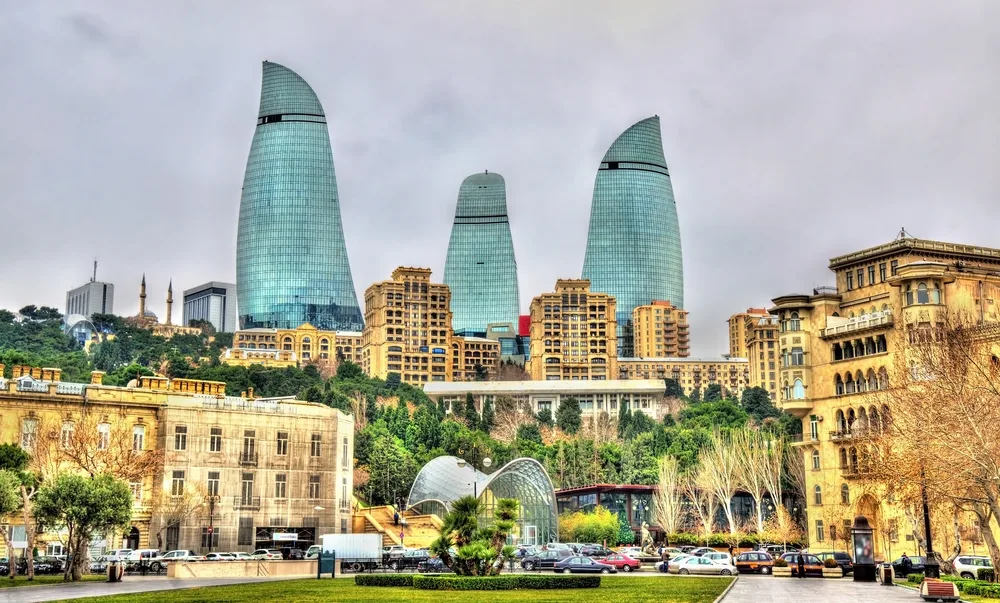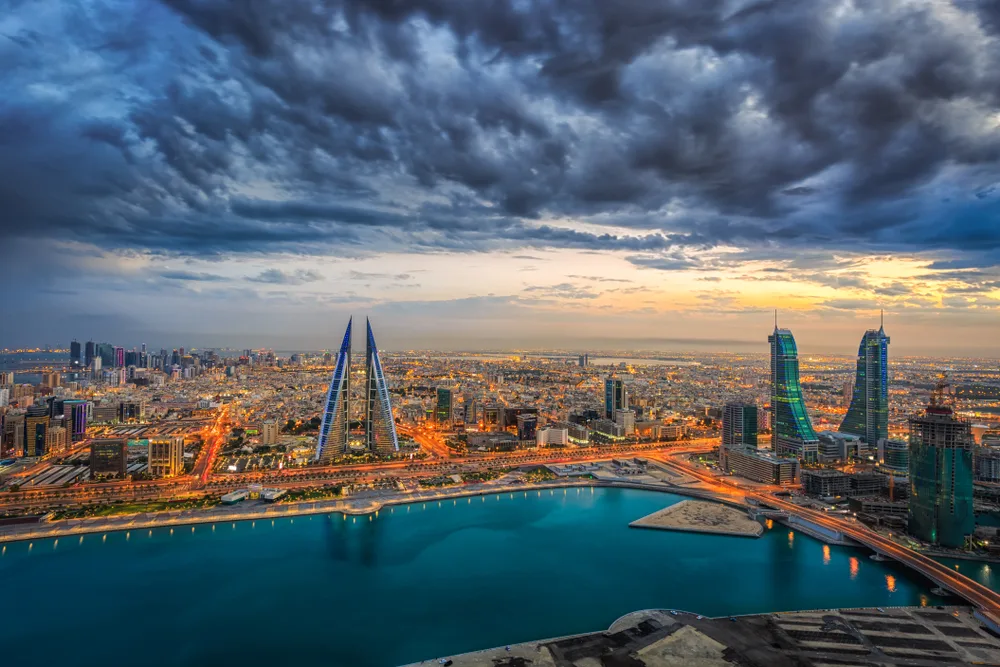Our Bhutan Meal
Our Bhutanese meal consisted of Ema Datshi, Cracked red rice, Butter Grilled Poblanos, Himalayan inspired fruit salad, Butter Tea and Kheer. Ema Datshi is the national dish in Bhutan made with an assortment of ema (chilis) and datshi, which is cheese made from yak or cow’s milk. Our Ema Datshi was made with Anaheim and Serrano peppers with Monterey Jack and Farmers cheeses. We were fresh out of yak cheese ;). I’m not sure we got it quite right because the water and melted cheese didn’t blend together. It was still delicious over the red rice.
The Butter Grilled Poblano peppers were a pat of butter inserted in a slit on the side of the pepper and grilled until slightly blackened. We cut them open and let the butter run onto the red rice. A simple side dish we plan to make again. Butter tea is black tea with a pat of butter and milk. Again no Yak milk on hand so we had to use cow’s milk. I liked it so much that sometimes I now have Butter Tea in place of my morning coffee. Kheer is a rice pudding with cardamon, cashews, almonds, and coconut.
About Bhutan
Bhutan is the only country with no traffic lights. “Gross National Happiness” is more important than “Gross Domestic Product”. GNH is used to measure the happiness and well-being of citizens. The cost to visit Bhutan went up after Covid, but I think it would be a fascinating place to visit if I can get past the fact that only 12 pilots have a license to land in the Paro Airport – the only international airport in Bhutan. Paro Airport is one of the most challenging airports in the world.
Here is an interesting article on Bhutan travel (the tourist fees information is outdated): https://www.fodors.com/world/asia/bhutan/experiences/news/10-things-you-need-to-know-before-you-go-to-bhutan that states “You should plan to see phallic paintings and symbols everywhere. These include wood carvings of every size, vibrant paintings on walls of homes and businesses, and key chains in the hands of locals. Why? These symbols represent the Buddhist teachings of Drukpa Kunley, an unorthodox saint who loved wine and attractive Tibetan women.” I didn’t post any examples because they are not PG13.
I read “Beyond the Sky and the Earth: A Journey into Bhutan” by Jamie Zeppa. It is her story of going to Bhutan to teach English and how she adapted to and embraced their culture and many of their beliefs. I thoroughly enjoyed it. Below are several of her insights that really made me think about our lifestyle in the US and how we can have such a sense of entitlement and be so wasteful.
“Buddhism requires that I take on the terrifying responsibility for myself; I am the author of my own suffering, and my own deliverance. And yet it also requires very little – only that I open my eyes right here, where I am standing, that I simply pay attention.”
“The more complex and developed a society becomes, I think, the less responsibility individuals have to take for their actions. As long as I could lug my garbage out to the curb two mornings a week in Toronto, what did I care what happened to it. But here, we are made to see the consequences of our consumption.”
“It occurs to me now that in Sharchhop, the same word is used for both “thrown out” and “lost”, and there is no distinction between “to need” and “to desire”. If something is thrown out, it is lost to further use, and if you want some thing here, you probably also need it.”
Our Dream Bhutan Vacation
First I would have to get past the fear of flying into the Paro airport. I am a lot better about flying than I used to be and would be willing to be terrified for a bit to see this amazing country.
Hiking to Tiger’s Nest (Taktshang Goemba) Monastery would be amazing! It is a 4-mile hike that takes about 3 to 5 hours round-trip. We will have to work up to it beforehand because it sounds pretty intense. It includes some steep inclines and stairs, the path is across dirt, gravel, and sand and can be slippery after rain. Along the way are amazing views of Paro Valley. Halfway up is the Taktshang Cafeteria and a sitting area with great views of the monastery.
We really enjoyed the Bhutan food we prepared so we would love to eat at local restaurants. Their version of the Ema Datshi is a lot spicier than ours, it is recommended to get tomatoes to mix in to help bring down the heat. We would also like to try kewa datshi, that is similar to scalloped potatoes; shamu datshi, a cheesy stew; and phaksha paa, which is a sliced stir-fried pork.
We would like to visit the capital, Thimphu, and visit monuments such as the National Memorial Chorten. Punakha Dzong looks beautiful so that would be on our list too.
We would try to visit during a time we could attend a Tsechu, a religious dance festival with colorful costumes and local food that is held at the dzongs (temples).
🌍Amazing Bhutan Tours!
What about you?
Please post your comments below. We love hearing other’s experiences and thoughts!
Do you have a favorite meal, recipe or drink from Bhutan?
Do you have a favorite place that serves food from Bhutan?
Are you from Bhutan or have you ever visited?
Bolivia is Up Next!
Do you have a favorite meal, recipe or drink from Bolivia?
Photos
- Shutterstock
- Christopher J. Fynn, CC BY-SA 4.0 https://creativecommons.org/licenses/by-sa/4.0, via Wikimedia Commons
- Chuck Moravec, CC BY 2.0 https://creativecommons.org/licenses/by/2.0, via Wikimedia Commons
- Warekau, CC BY-SA 4.0 https://creativecommons.org/licenses/by-sa/4.0, via Wikimedia Commons
- Bernard Gagnon, CC BY-SA 4.0 https://creativecommons.org/licenses/by-sa/4.0, via Wikimedia Commons
- Christopher J. Fynn, CC BY-SA 4.0 https://creativecommons.org/licenses/by-sa/4.0, via Wikimedia Commons
- Christopher J. Fynn, CC BY-SA 4.0 https://creativecommons.org/licenses/by-sa/4.0, via Wikimedia Commons
- Bernard Gagnon, CC BY-SA 4.0 https://creativecommons.org/licenses/by-sa/4.0, via Wikimedia Commons
- Stephen Shephard, CC BY-SA 3.0 http://creativecommons.org/licenses/by-sa/3.0/, via Wikimedia Commons
References
Britannica, Country Reports, Geography Now, Global Table Adventures, The Travel Book, shutterstock and Wikipedia.























